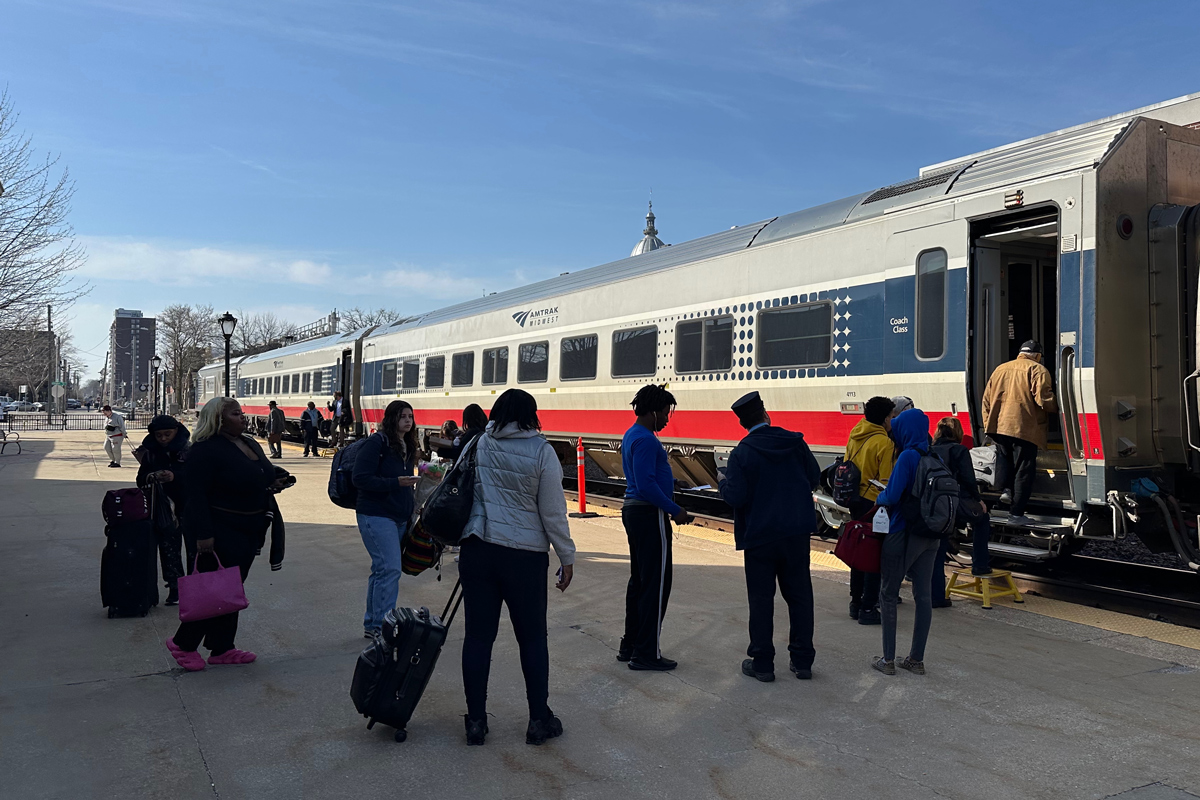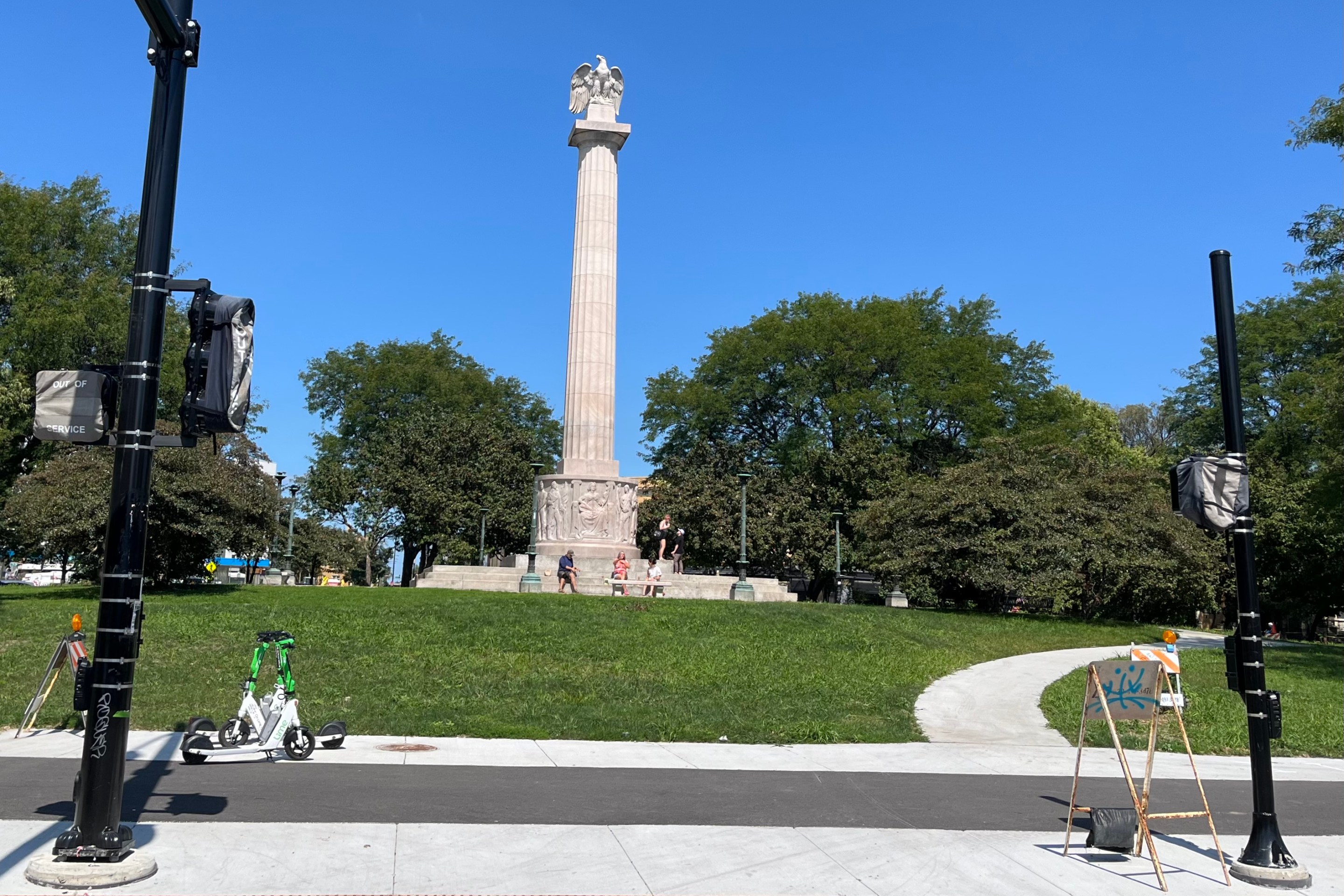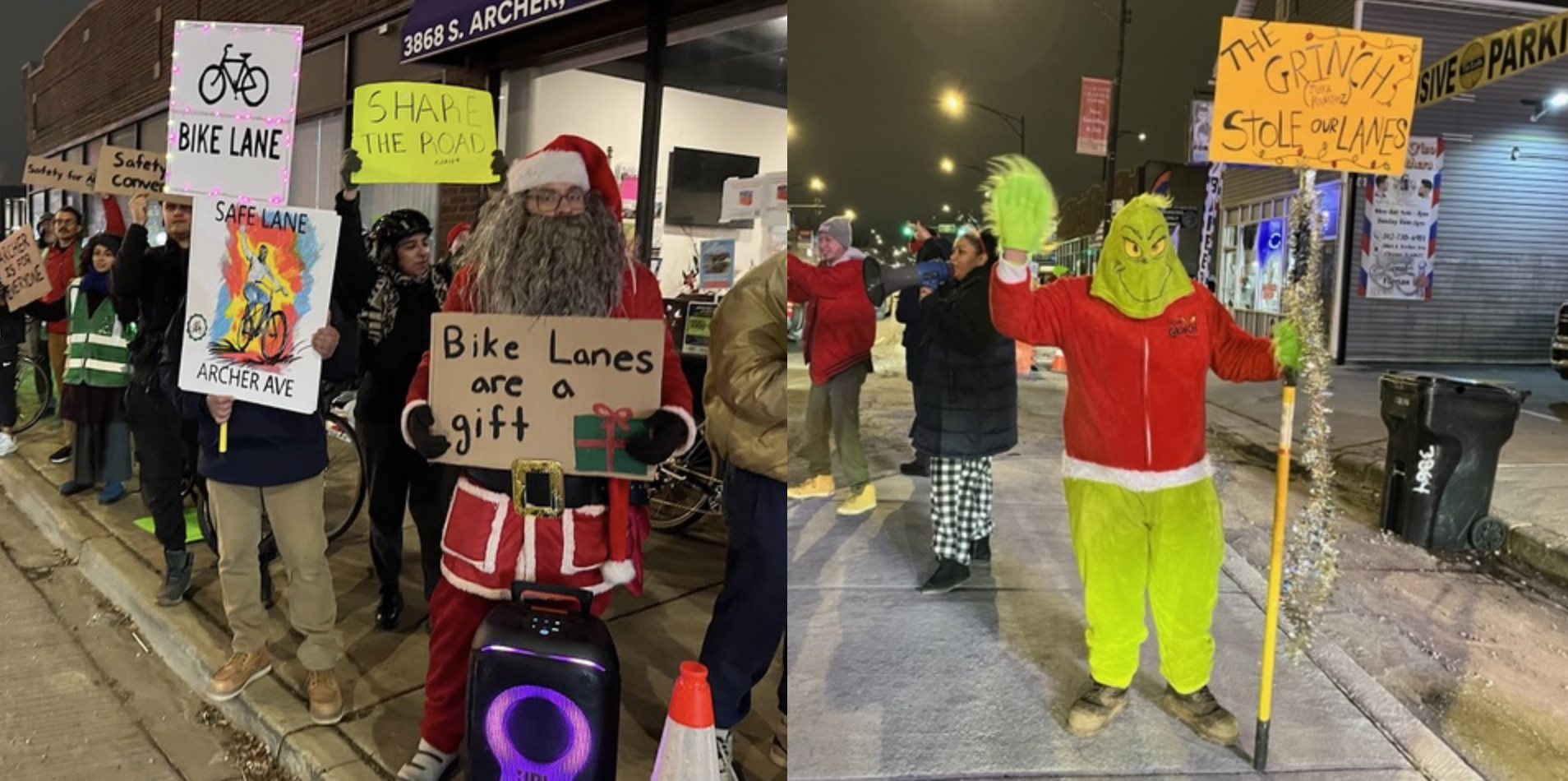
By Rick Harnish
Rich Harnish is the executive director of the High Speed Rail Alliance.
Just minutes before the Illinois General Assembly’s spring session ended on Saturday, May 31, the Senate passed a sweeping transit reform bill that has quietly set the stage for a potential revolution in U.S. transportation policy.
While its primary focus is restructuring transit governance and stabilizing funding for northeastern Illinois agencies like Metra, this bill includes a historic breakthrough: a dedicated funding stream for intercity passenger rail. For the Midwest—long overdue for serious investment in rail infrastructure—this is a big deal. Full bill text
As transit advocates now push for House approval—possibly in a special summer session—the stakes are higher than ever.
Why This Bill Could Shift National Rail Policy
1. Stabilizing Metra is Key to Expanding U.S. Passenger Rail
Metra, Chicago’s commuter rail network, serves as a regional backbone. If it falters, it could drag down railway momentum across the country. But if Metra grows stronger, it becomes a cornerstone for a broader Midwestern—and national—railway resurgence. This bill is designed to pull Metra back from the fiscal cliff, ensuring it can grow rather than shrink.
2. Illinois May Join the ‘Integrated Network’ Movement
California was the first state to embrace the Integrated Network Approach—viewing high-speed rail not as a stand-alone project but as a coordinated system connected to regional and local transit. Now, Illinois could follow suit. This model could reshape how federal and state agencies plan rail infrastructure—with Illinois helping prove the concept in the Midwest.
The Breakthrough: Ongoing Funding for Intercity Passenger Rail
For the first time, the bill would create a sustainable, long-term source of capital for intercity rail:
"Beginning in Fiscal Year 2026, moneys in the Downstate Mass Transportation Capital Improvement Fund may be used for intercity rail capital startup projects for connectivity between downstate communities and Chicago."
In plain terms: this could unlock the door to new rail routes and modern service connecting cities across Illinois—and it sets a precedent for other states to follow.
It’s the furthest a Midwestern state has ever gone in embedding intercity passenger rail into its core transportation strategy.
Integrated Planning in Action
The bill also proposes a new committee focused on "strategies to better connect intercity rail and bus networks to transit systems and hubs that are located outside of the Northeast Illinois region."
This is a small but powerful signal: Illinois is beginning to think holistically about mobility across the state—not just in and around Chicago.
Other Major Rail & Transit Developments in Illinois
High-Speed Rail from Chicago to St. Louis
The Illinois High-Speed Railway Commission is expected to release an interim report in early 2026 exploring a true high-speed rail corridor between Chicago and St. Louis. This marks the first serious feasibility effort for high-speed rail in the Midwest.
A Statewide Intercity Bus Plan
IDOT is simultaneously developing a comprehensive statewide bus plan—an essential piece of any fully integrated transportation network. Combined with intercity passenger rail investment, this could dramatically expand access and connectivity for rural and downstate communities.
What’s Next: Urgency in the Illinois House
The bill now faces its next hurdle: approval in the House. While there’s broad support for the governance changes, funding agreements remain elusive.
Transit agencies have begun planning service cuts that would be implemented on January 1, 2026.
Advocates are calling for a special summer session to quickly finalize the bill before those cuts take effect. Passing the legislation will require a supermajority, meaning downstate support is critical.
Downstate legislators and passenger rail advocates have a unique opportunity here: to secure permanent intercity rail funding and help bring about a generational shift in U.S. passenger rail service..
But success depends on sustained public pressure and strong advocacy in the months ahead.
Stay tuned—and get involved.

Did you appreciate this post? Streetsblog Chicago is currently fundraising to help cover our 2025-26 budget. If you appreciate our reporting and advocacy on local sustainable transportation issues, please consider making a tax-deductible donation here. Thank you!





